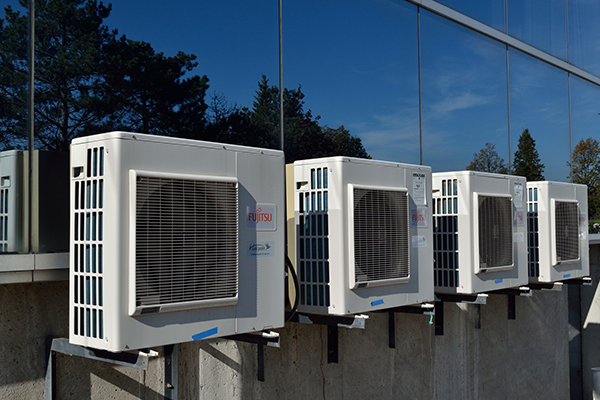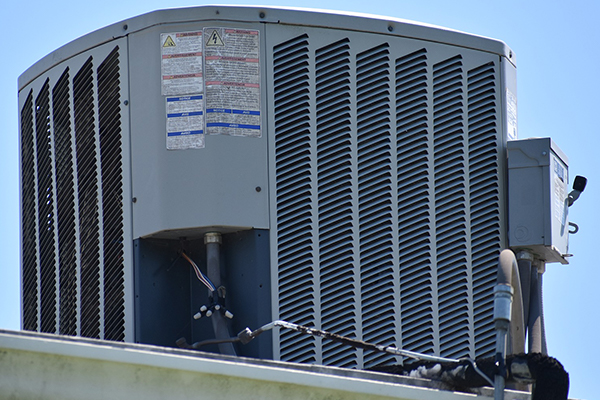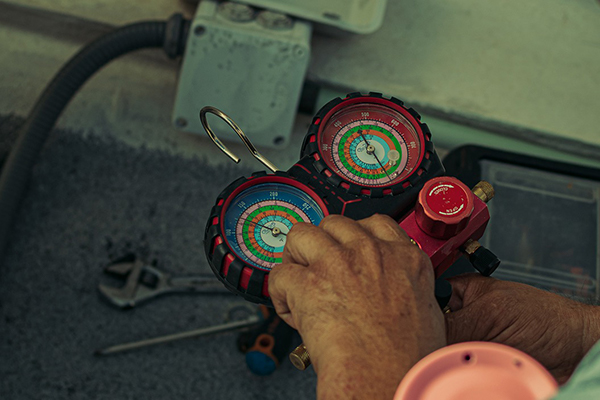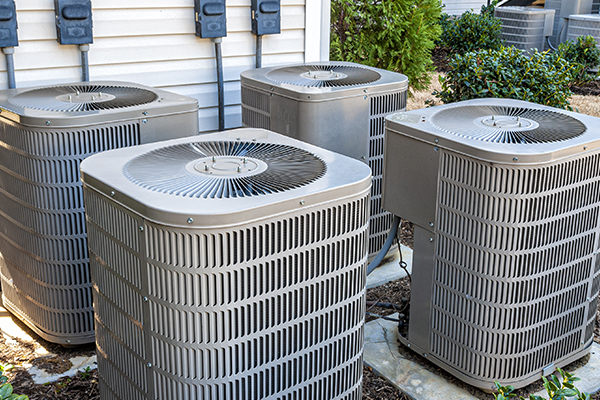
Avoid the costly mistake of having the wrong air conditioning unit installed in your home. Knowing how different systems work will help you make informed decisions and save money when the time comes to install or replace your air conditioner.
elearning-training.com gathered information about central air conditioning components, how it works, types of air conditioners.
What Is a Central Air Conditioning Unit
An air conditioning system, more commonly referred to as a “split-system air conditioning system” or simply “central air,” is typically comprised of the following components:
- An analog or digital thermostat that regulates the system’s operation
- A fan, condenser coil, and compressor housed in an outdoor unit
- An indoor unit located in the attic, basement, or centrally located space, housing a fan and the evaporator coil (this component circulates cooled air)
- Insulated copper tubing guiding the refrigerant flow between the indoor and outdoor units
- An expansion valve regulating refrigerant flow to the evaporator coil
- Ductwork from the indoor unit, guiding or circulating cooled air throughout the space and back to the unit
The same components and principles comprising a residential air conditioning system are found, on a larger scale, in industrial/commercial units.
How a Central Air Conditioner Works
When you turn your thermostat down, machinery whirrs up and cools down the air. Right? Let’s better answer what happens when you turn your thermostat down:
- The thermostat is adjusted to regulate the amount of cool air to be distributed
- The compressor (outside) pumps refrigerant between the condenser coils (outside) and the evaporator cooling coils (inside) to cool indoor air
- Evaporator cooling coils remove heat and humidity from the air
- A fan or blower moves air over the cooling coils and disperses it through the ductwork
- A fan blows air over the condenser coils (outside) to release/dissipate the collected heat
- As ambient air is cycled back into the system, it passes through a filter(s) to remove particles and other impurities.
Note: The quality of air filter(s) used with your air conditioning system can significantly influence ambient air while keeping dust and impurities out of your system. Get an HVAC Inspection if you suspect a problem with air quality, impurities, or circulation.
Air Conditioner Types
Depending on your geographic location, how you prefer your air-conditioned, and the size or configuration of that space, there are three primary types of systems. Consider how the following air conditioning systems work:
Packaged Air Conditioner – This system, more common in the south and southwest of the country, contains the condensing coil, evaporator coil, blower fan, and compressor all in one unit. Packaged air conditioning units are ideal when there isn’t enough interior space for a split system or where rooftop installations are desired.
Like other systems, packaged air conditioning units remove warm air from the structure via return air ducts, forces it over evaporator coils, then returns that cooler air back to the structure through supply ducts. In the same manner as other systems, undesired heat is released outside by way of the condenser coil.
Split-System Air Conditioner – These systems are the most common air conditioning solutions. They contain an outdoor unit (compressor, condenser coil, and fan) and an indoor unit (evaporator coil, blower, and filter).
Split-systems can support varied (fan/cooling) speeds, allowing for single, two-stage, and multi-stage systems. Split-system air conditioning provides consistent, economical, and reliable temperature control throughout the entire structure.
Note: Two-stage and multi-stage air conditioning systems are more common in larger, renovated, and newer structures. They are often found in areas with severe cold or hot weather. These units will have a setting or switch presenting “low, medium, and/or high” options.
Ductless Air Conditioner – These systems are ideal for structures built without ductwork. Their installation is less invasive than other systems and can deliver chilled air to targeted areas within the structure. The indoor unit (blower fan and evaporator coil) connects to the outdoor unit (compressor, condenser coil, and fan) via copper tubing, which carries the unit’s refrigerant.
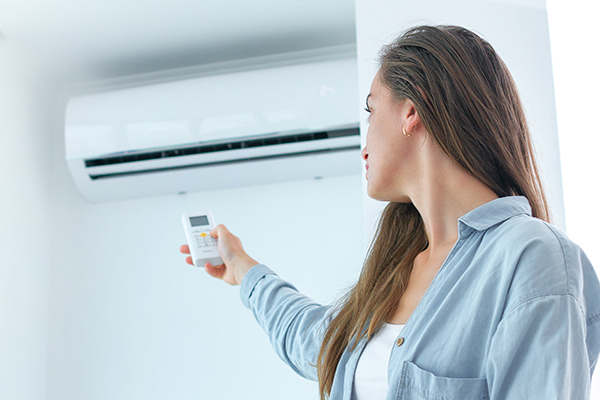
Installation of the indoor unit can occur on the ceiling, a wall, or the floor. With some systems, multiple indoor units can be connected to a single outdoor unit. Regardless of the number of indoor units, the operation of a ductless system is remarkably similar to that of a split-system.
Note: Today’s air conditioning systems operate on the same principles Willis Carrier applied when he invented the first modern air conditioner in 1902.
How Central AC Systems Work
In this article, you discovered essential information about air conditioning components and configurations, how these systems work, and types of air conditioning units.
Knowing how air conditioning systems work allows you to select the most efficient and economical system for your home or business.
Not knowing how AC units can be configured and installed can leave you with a structure riddled with uneven and uncomfortable air conditioning and costly utility bills, as your system will always have to overcompensate to meet your desired temperature.
Sources:
energy.gov/energysaver/central-air-conditioning
vistacollege.edu/blog/careers/trade/heating-ventilation-air-conditioning-terminology-need-know/
douglas.k-state.edu/docs/homeandfamily/library/Select_Home_Cooling_System.pdf
sites.austincc.edu/hart/resources/how-does-air-conditioning-work/
